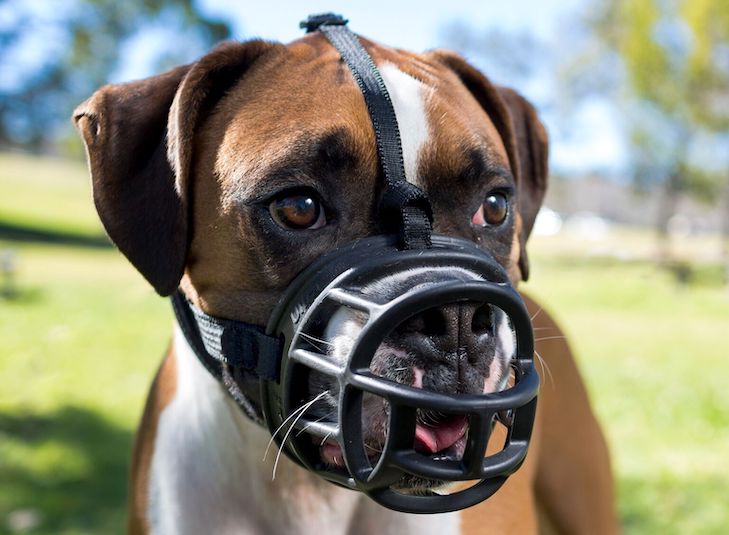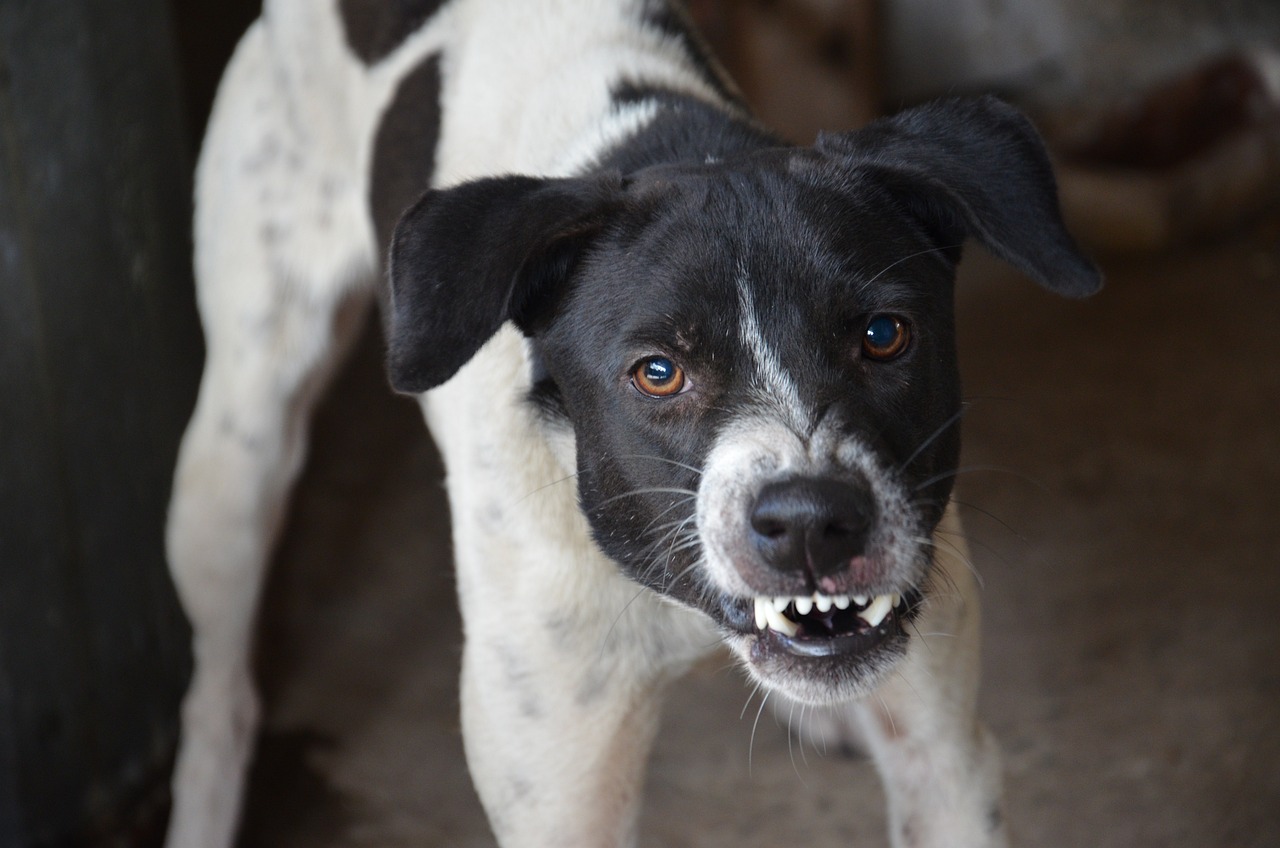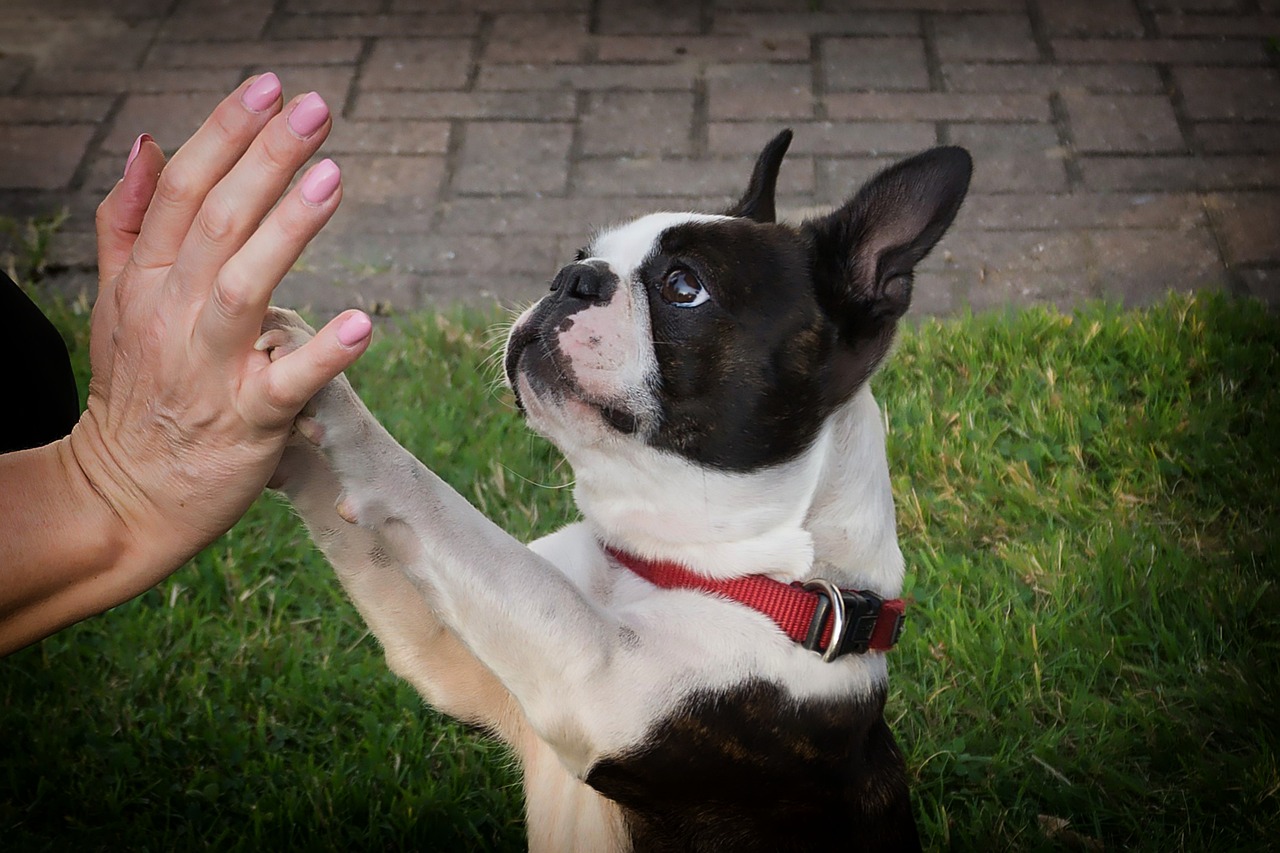
Dogs with muzzles can trigger angry reactions. However, there are some circumstances for certain breeds of dogs and their owners when muzzles could be the ideal choice for example in cases of controlling aggression or an inclination to bite.
As long as you’ve got the correct muzzle to fit your pet, supervised by your vet a muzzle is an effective option. Here are the best methods of implementing the muzzle into your dog’s care.
Why would a dog wear a Muzzle?
The History of Aggressive Behavior
If your dog is known to exhibit aggression in relation to others, or with people using a basket muzzle as an instrument for managing can lessen the chance of a situation occurring.
Certain dogs will always require to be muzzled. However, it’s possible to train your dog to exhibit an alternative, more appealing behavior and help the dog feel more at ease and secure, usually with the help of a certified dog behaviorist. It is crucial to know the dangers and the proper usage of muzzles before you decide to use one.
In Sudden Frightening/Painful Situations
Certain dogs are not likely to be aggressive however if they’re in a stressful situation and their warning indicators are not addressed (often at the vet or groomers) and they find themselves with no other choice other than to bite or snap. When your pet is suffering from discomfort or suffering from a traumatic injury, they might react in a manner that isn’t normal. If they’ve suffered an extremely serious injury or abrasion, a muzzle could be necessary while moving them.

Breed-Specific Legislation (BSL)
Unfortunately, certain states have legislation that requires certain breeds be muzzled at all times in public spaces. However, BSL is not an answer to the issue of reckless dog ownership and discriminates against dogs that are usually extremely gentle, in order to keep your dog from being confiscated by law enforcement, these guidelines must be adhered to.
High Prey Drive
Certain dogs, like dogs like Spanish Galgo, possess an instinctual high prey drive. Although it is best not to allow them to roam off-leash, in areas where they can chase They may also be tempted to take smaller animals, even if they are leash-bound A muzzle may save a person from injury or even death.
Scavenging
Certain dogs are known to be scavengers during walks and could be afflicted with severe gastric obstructions or upsets. While a muzzle may not be an all-encompassing solution, it can limit what your dog might take in. Training your dog to use solid “leave it” and “drop it” commands is advised.
Transporting yourself on Public Transport
In some countries, and on specific modes of public transportation dogs are allowed to travel, but only with muzzles.
Which is the best mug?

There are many muzzles to choose from. A lot of people prefer aesthetics over practicality and it is vital that you select a muzzle that permits your dog to freely pant and eat treats as well as drink water. You should also seek out guidance from your vet whenever you can.
Basket Muzzle
The basket muzzle is usually the best option however many dogs shy away from it since it’s the most visible. A properly fitted basket muzzle can be efficient while still giving your dog the to pant freely.
Mesh Muzzle
The muzzle that is softer although popular, can make it difficult for dogs to pant. It is only suitable for brief periods of time. This muzzle is an incredibly tight fit, which doesn’t allow for proper panting. Therefore, dogs are more at risk of excessive heat and breathing problems in the event of improper use. Although it’s fine to use for brief visits at the vet or groomer, it’s not suitable for walking or long durations. The muzzle shouldn’t be kept on dogs in cages or crates since it could be stressful for them to not be in a position to pant or express their emotions. Also, muzzles shouldn’t be draped over the nostrils of a dog or else, they may be incapable of breathing.
Breed-specific muzzles
Sighthound muzzles are often employed for breeds like Greyhounds and Whippets with slim, long snouts.
It isn’t easy to find a muzzle that is well-fitting for brachycephalic, flat-faced breeds such as French Bulldogs and Pugs, and in addition, there is a higher chance of them becoming overheated in one too.
What is the time when a muzzle is not the Right Solution?
Muzzles can be utilized to serve a purpose that is not the right one. When used improperly, they can result in discomfort or pain or anxiety, stress, and trouble breathing. This could lead to other problematic behaviors. It is recommended to use a dog’s muzzle under the supervision of a trained pet trainer or veterinarian expert.

For Punishment
If a dog has not been properly introduced to wearing a muzzle, it can be a frightening–even traumatizing–experience. Some owners utilize it as a means of punishment for unruly behavior. Most often, dogs do not be able to connect the two and therefore, it’s not effective in the long run. It may also degrade the trust bond between you and your dog and cause them to snap whenever the muzzle is visible.
To stop barking
Muzzles can be employed to prevent barking however this is an unsuitable method to apply a muzzle. Although this might work for a short time (if the dog is scared from the need to wear a muzzle) however, dogs can nevertheless bark unless it’s too tight. It’s better to partner with a trainer and employ positive methods for your dog.
To stop destructive behavior
If your dog is playing with household items and chewing on furniture, a dog muzzle could be an ideal solution. But, it’s not recommended to keep a muzzle in place for long periods of time, particularly when you are not supervised and don’t address the root problem. It is important to determine why your dog is causing trouble and then work to resolve this. It could be that they are overwhelmed and require more stimulation or could be stressed out as a result of the fear of being separated.
How to Teach Your Dog to accept a muzzle

Always begin by giving an enjoyable treat each time you put the dog’s muzzle into the eye. It is important for your dog to see it as a symbol of positive things. Then, place it on the floor and be sure to reward your dog whenever they are willing to move toward it, eventually leading to them actually touching it.
Then, get them to insert their snouts in the muzzle for one second. Do not force the snout into. Increase the amount of period they have their snout on their inside slowly. At first, you can use treats like doggy-safe peanut butter on your muzzle’s inside. When they’re comfortable with this stage, proceed to attach it to their ears. The amount of time it’s secured should be gradually built over a number of sessions.
Make sure to introduce lessons in a relaxed comfortable environment. Also, ensure that you limit the time spent in training (five minutes max) Use high-value rewards and do not try to speed up or skip any step.